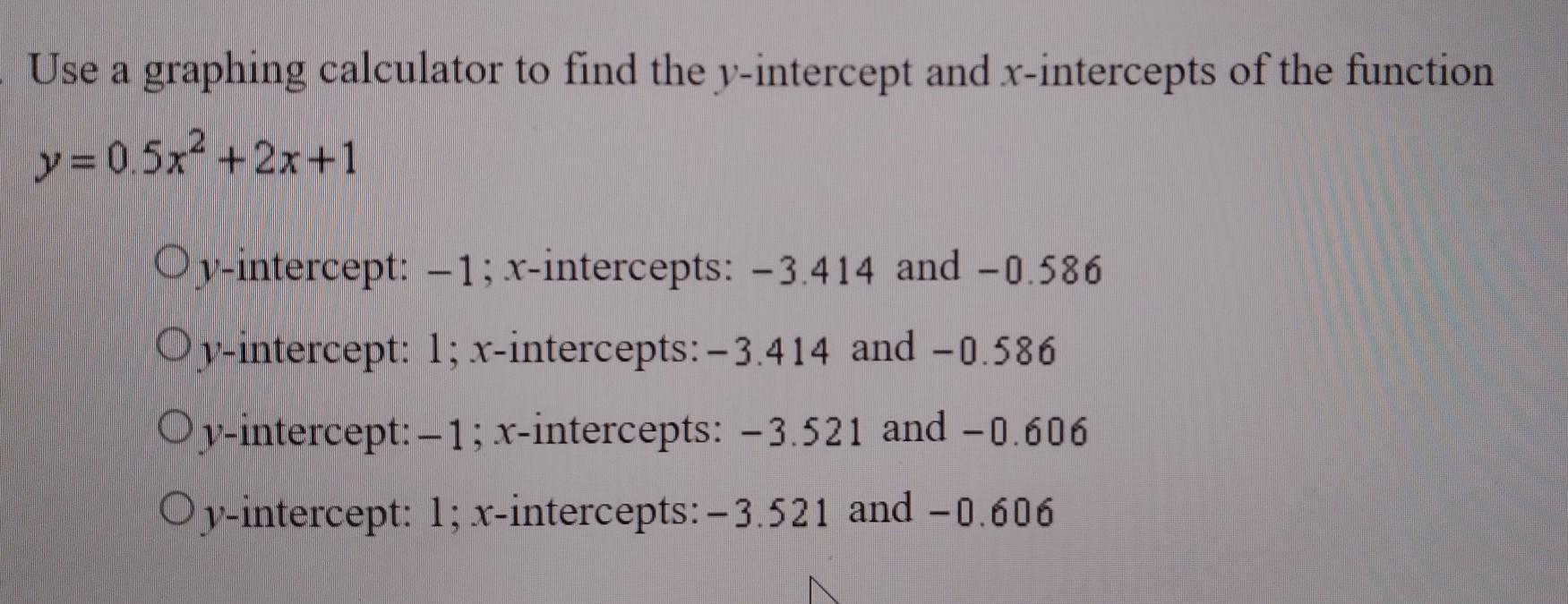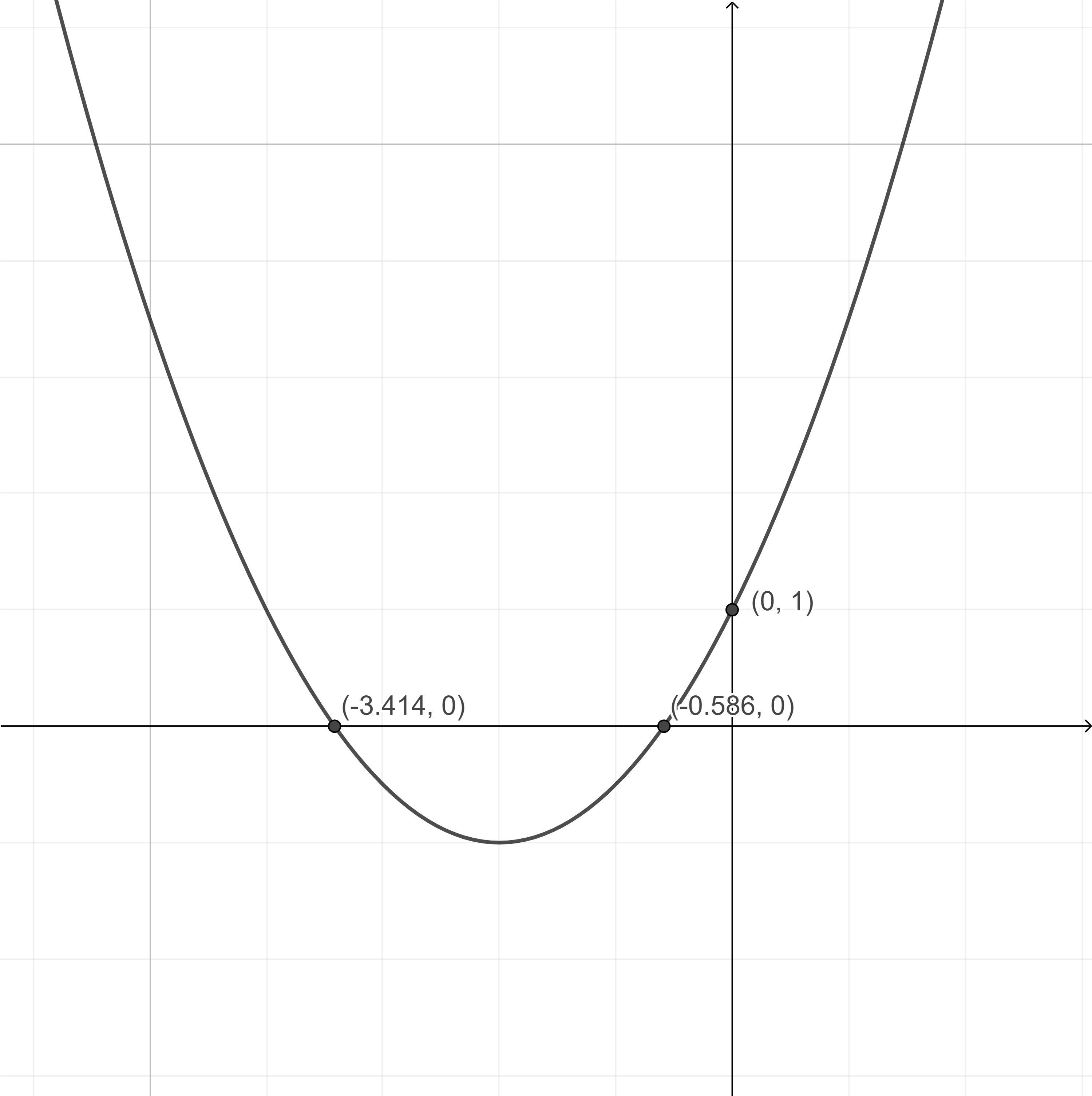Talia is spending a semester abroad in the Middle East. In class one day, her instructor asks how her day has been and she responds by giving the thumbs-up sign. Several people in the class gasp as she does this. Later, her instructor pulls her aside to let her know that the thumbs-up sign, which in the United States typically means "I'm good" or "OK," is considered an offensive gesture in many parts of the Middle East. This communication misunderstanding could best be described as a failure to consider which of the contextual factors that are a part of the Interaction Model of Communication? Select an answer and submit. For keyboard navigation, use the up/down arrow keys to select an answer. a Cultural b Physical c Psychological d Feedback
-
Subject:
World Languages -
Author:
isaiasowen -
Created:
1 year ago
Answers 2
Answer: In class one day, her instructor asks how her day has been and she responds by giving the thumbs-up sign. Several people in the class gasp as she does this.
Explanation:
-
Author:
lilahedvj
-
Rate an answer:
4
AI generated Answer
-
Rate an answer:
0
Do you know an answer? Add it here!
Unable to find an answer to your question?
Don't worry! There are several alternative approaches you can try to resolve your query. Here are some tips to help you find answers in different ways:
- Reframe your question: Sometimes, the way you phrase your question can limit your search results. Try rephrasing it using different keywords or providing more context to get better results.
- Utilize social media: Post your question on social media platforms, particularly those focused on professional or specialized topics. Twitter, LinkedIn, and Facebook groups can connect you with individuals who may have relevant expertise or experiences to share.
- Consult subject matter experts: Reach out to experts in the field related to your question. Many professionals are willing to help and share their knowledge. You can connect with them through email, LinkedIn messages, or by attending relevant conferences or events.
- Use our website to find your question through the search box above, or you can sign up to ask your question for our big educational community. Our experts will review your question, and you will get a quick and quality answer.
- Collaborate with others: If your question is related to a specific project or problem, consider collaborating with others who might have complementary skills or knowledge. Teamwork can lead to innovative solutions and shared insights.
Remember, the process of finding answers often involves persistence, creativity, and an open mind. By exploring various resources, reaching out to others, and being proactive in your search, you increase your chances of finding the information you need. Happy quest for knowledge!


